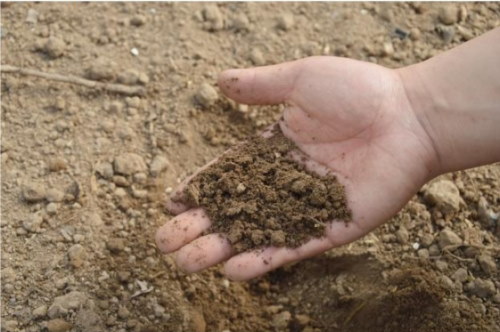
Soil pH is more than a number, It's one of the primary indicators of soil health. Soil pH is a good predictor of what you can grow and how much you can harvest each year. While some of the factors influencing soil pH are beyond our control — climate, mineral content, and soil type — there are measures we can take to manage it for optimal success. If you know how to manage the soil pH for your crop, you're ahead of the curve, so let’s dig in and explore.
Factors Affecting pH
The best levels for most crops are in the range between 6 and 7.5. Any higher or lower, and your plants may not get the phosphate they need. Low pH can inhibit nitrogen cycling. How you use and manage your land affects the soil pH. Converting land from a more native state (grassland or forest) to crop cultivation can result in dramatic changes in pH over time. The application of nitrogen and sulfur fertilizers can also lower soil pH levels.
When soil is rich in organic matter or clay content, its buffering capacity is higher, making it more pH-stable than sandy soils. While you can't change the clay composition in your soil, you can add organic matter when necessary.
Know Your Levels
Knowing the pH level in your fields is an essential part of managing it wisely. Testing soil samples will help you know when it's time for additives. Collect samples every two to four years at the same time each year — preferably three to six months before planting the next crop. This will give you an accurate baseline and allow you time to adjust before planting.
Choose a reputable lab to do your soil testing to ensure accuracy. For areas of 20 acres or less, pull 15 to 20 randomly drawn soil plugs by using a soil probe plunged to a depth of 8 inches. Mix all samples and follow all instructions provided by the soil testing lab before submitting them for evaluation. For areas larger than 20 acres, you should run multiple tests.
Photo Credit: Wikilawn
Management Techniques
Once you know your pH level, you can make adjustments. For grain crops, the soil should be maintained in a slightly acidic to neutral range — 6.0 to 7.0. For legumes, a near-neutral soil level of 6.8 to 7.0 is preferable. Your local extension office can help you determine appropriate lime application rates in your region.
Liming is the most common method, but there are other things you to do to raise the soil pH. Much like
fertilizing a lawn, you need to control the amount of nitrogen you apply to your field. Only apply it according to crop needs to balance the amount of acid in your soil. Applying lime is a strict science that depends on the quality of product used and the tillage depth. You should always allow six months for acidic soil to be neutralized, unless you are using a very fine or liquid type of lime.
The bottom line is that, even in acidic soil, it is possible to practice good pH management and achieve high yields every season. By taking your time, testing, and making amendments, you can be assured healthier crops and more productive soil year after year.
Francesca Singer is a former farmer & landscape architect who is passionate about plants, DIY home restoration, and travel. When not writing, she can be found working in the garden, wrangling her toddler, or wielding power tools in Texas or rural France.
By Francesca Singer